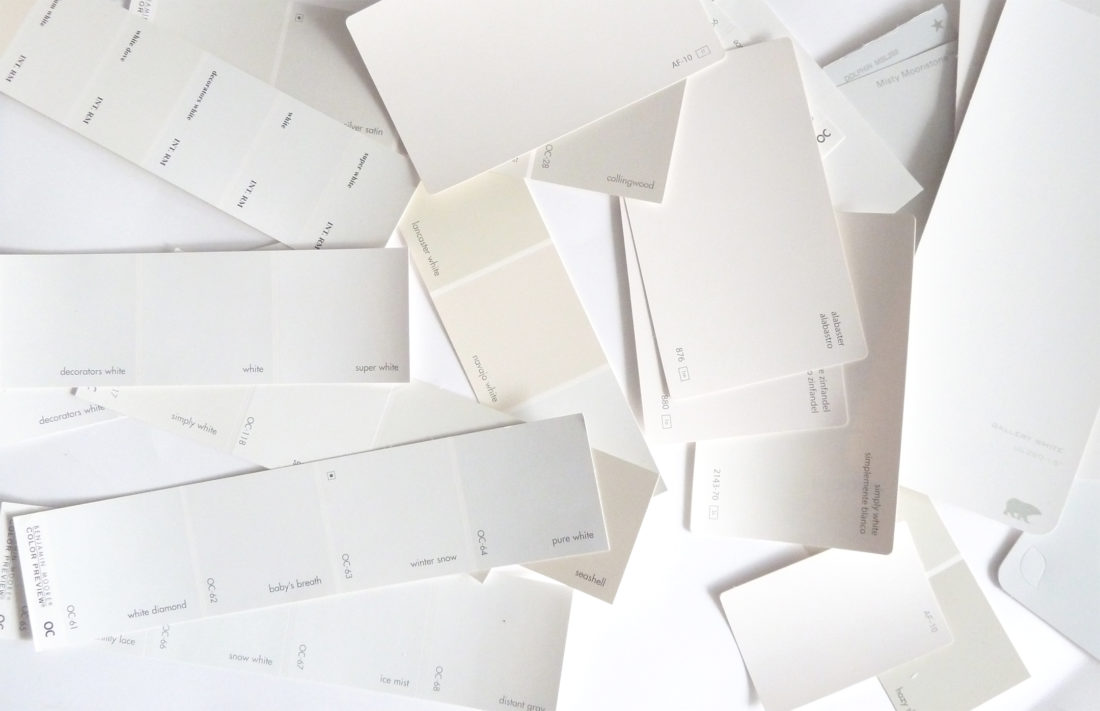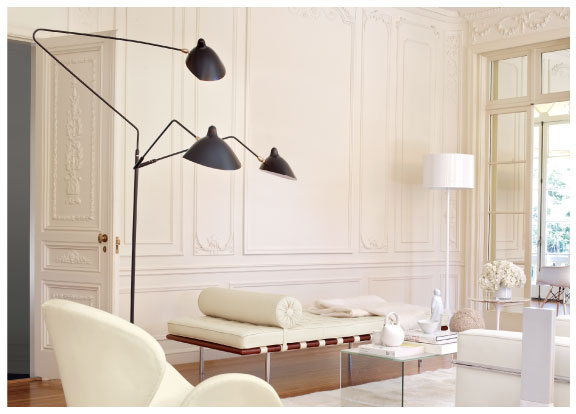How to Choose the Perfect White Paint
Choosing the perfect shade of white is an exercise in subtlety and anything but simple. A friend recently called to ask my advice on picking a good shade for her home interior, and it got me thinking about how tricky it can be if you don’t understand the spectrum of whites that are out there. Benjamin Moore, for example, makes over 150 different shades of white! As white reflects all colors, it easily takes on hues of all surrounding colors. So if your selections look like a this…hopefully our tips on differentiating the most common categories will help.

Creamy white
A white bedroom can be a very relaxing haven. For best results, use a few different tones of white and layer them in the space. Creamy white walls are lovely when combined with crisp white curtains and ivory colored bedding. This type of variation will prevent your space from looking too stark.

Photo: Vogue
Cool white
Cool white walls will create a serene, homogenous space that has very little contrast and/or distraction. These whites work well in contemporary spaces because they provide a feeling of newness. For a classic cool white to shine, the hues around it need only a hint of pigment.
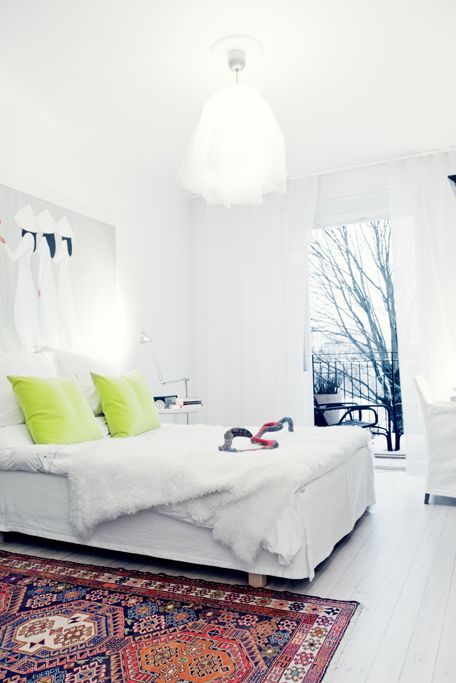
Photo: Pinterest
Soft white
Soft white is a great choice as it creates a blank canvas for adding any other color. A soft white wall will also pair nicely with a crisp white trim, adding a subtle contrast. These shades are wonderful for bringing out the dimensions of panelled woodwork.
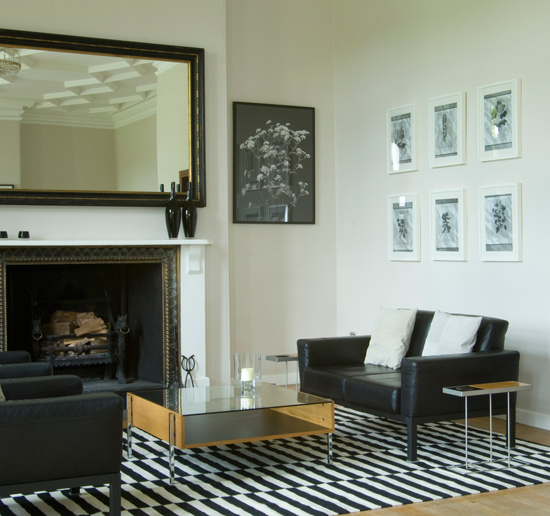
Photo: Pinterest
Snow white
A very classic way to treat wainscoting is to paint it with a glossy, snow white paint color. This look also works great in a more contemporary space, as shown here.
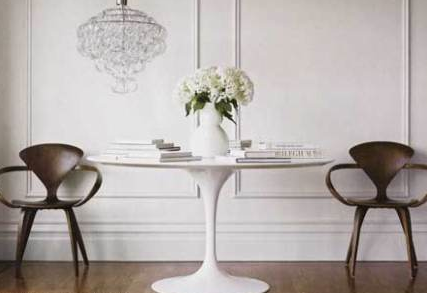
Photo: Pinterest
Antique white
For a more traditional space, antique whites work best because they provide a lived-in feel to a room. They have a timeless appeal, with slightly tarnished brown undertones that help lend depth to white walls without overpowering a space.
Ivory white
Many people like the look of white cabinetry in the kitchen, but they don’t want the space to appear too cold. In this case, look for a white that has a slight ivory undertone. You can also add warmth to your kitchen with wood flooring, and by using clear halogen lighting.
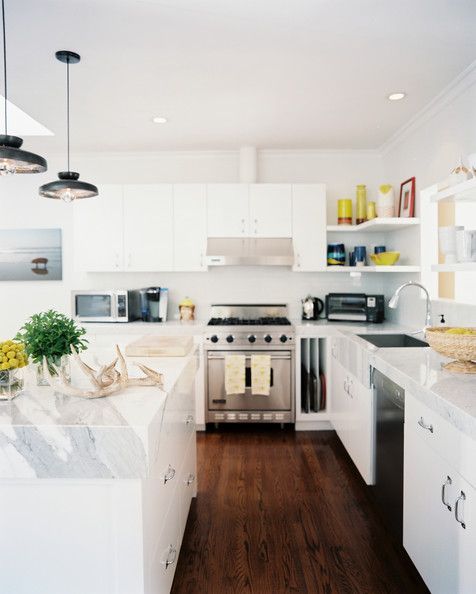
Photo: Pinterest
Gray white
A crisp, grayish-white wall color will always make a sophisticated, museum-like backdrop for artwork and vivid accent hues. Having undertones of blue & grey can make the room feel cold, so be careful where you use this shade.
Warm white
The use of whites with khaki undertones, along with natural materials will create an organic feel in a room. These types of colors are very warm and welcoming and also very easy to live with. Light plays well with warm whites, setting a peaceful mood.

